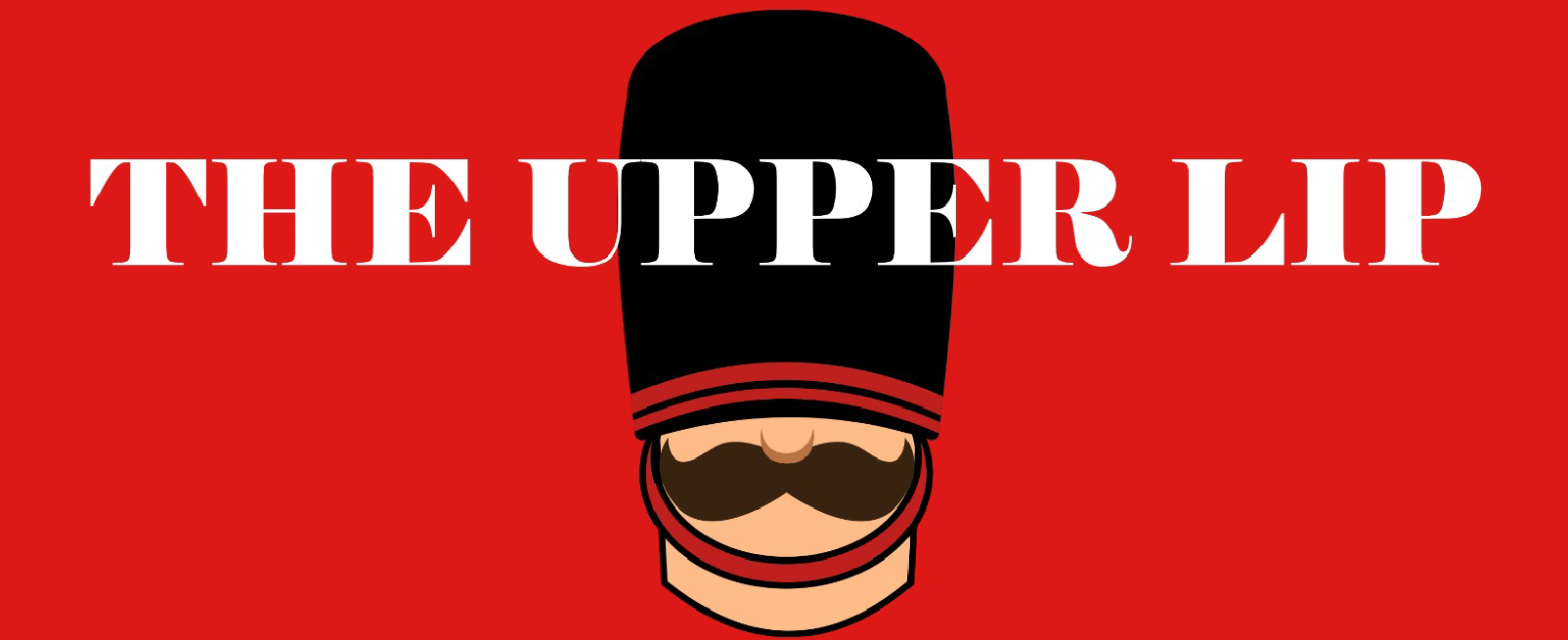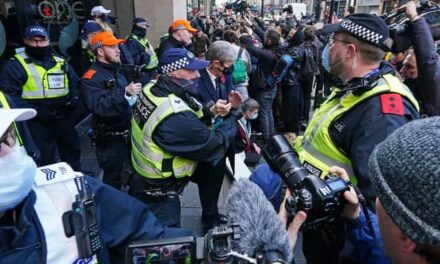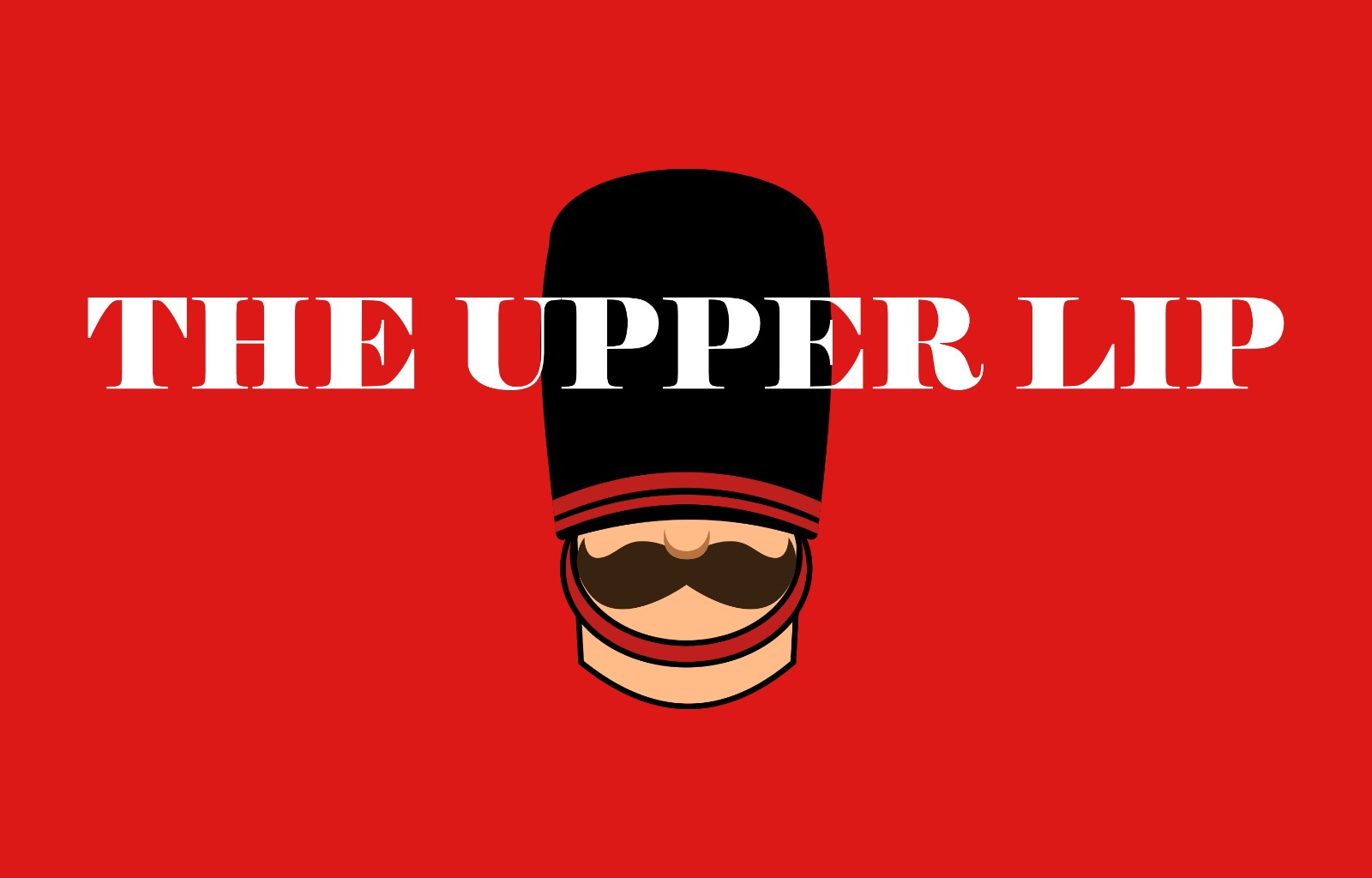London’s Mayor Sadiq Khan has announced his latest plan to make the city more inclusive and diverse: melting down the statue of Winston Churchill and transforming it into commemorative Pride coins. While this decision has left some scratching their heads, Khan insists it’s a brilliant way to honor both the LGBTQ+ community and the legacy of the iconic World War II leader.
In a press conference, Khan passionately defended his controversial proposal, stating, “Churchill’s statue has stood there for far too long, reminding us of a bygone era. It’s time to bring it into the 21st century and show our commitment to equality and inclusivity. What better way to do that than by turning it into shiny Pride coins?”
The idea has received mixed reactions from the public. Supporters praise Khan’s progressive thinking and believe that commemorating the LGBTQ+ community is a significant step forward. However, critics argue that this move undermines the historical significance of Churchill and dismisses the importance of his leadership during a pivotal time in history.
Notably, the coin minting process itself has raised some concerns. Experts wonder whether the statue’s materials will be suitable for creating coins and if it will affect their overall value. Nevertheless, Khan remains undeterred, stating that the coins will be a symbol of unity, celebrating both the triumphs of the past and the strides made in the fight for LGBTQ+ rights.
The international community has also weighed in on the matter. While some praise Khan’s audacity, others express bewilderment and amusement. The United Nations released a statement commending the mayor’s efforts to repurpose historical symbols for contemporary causes, suggesting that other nations might consider similar initiatives.
As the news spreads, Londoners are left to ponder the fate of the iconic Churchill statue. Will it truly be transformed into Pride coins, or is this just a satirical flight of fancy? Only time will tell. In the meantime, discussions surrounding the role of historical figures in modern society and the boundaries of symbolic representation continue to ignite passionate debates.
















